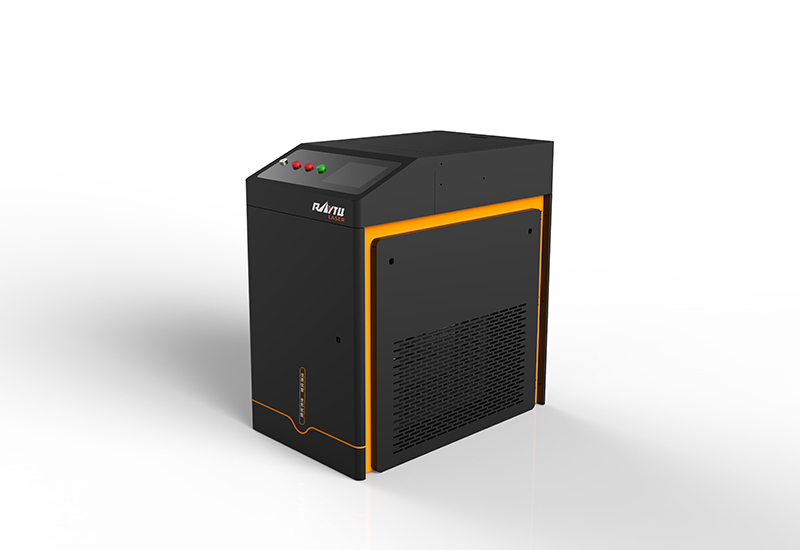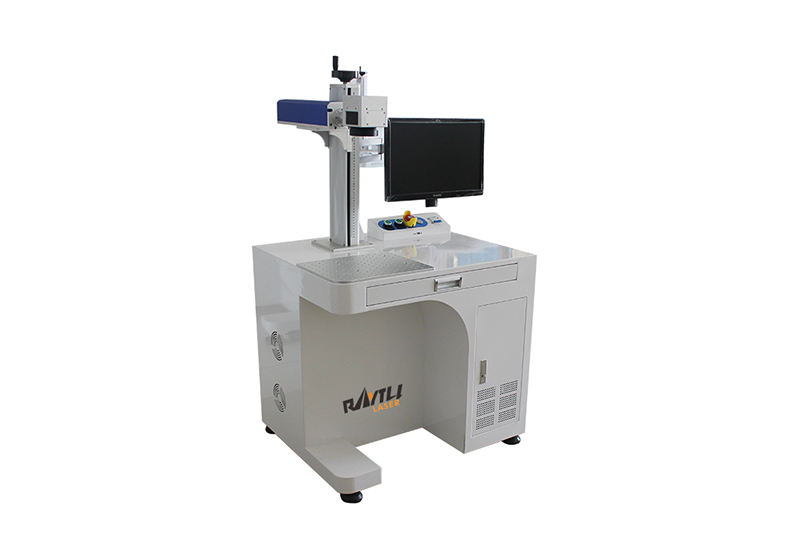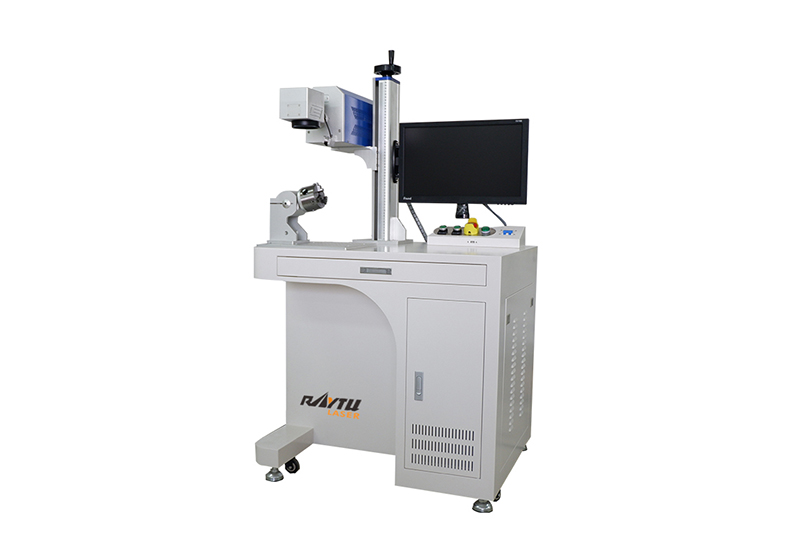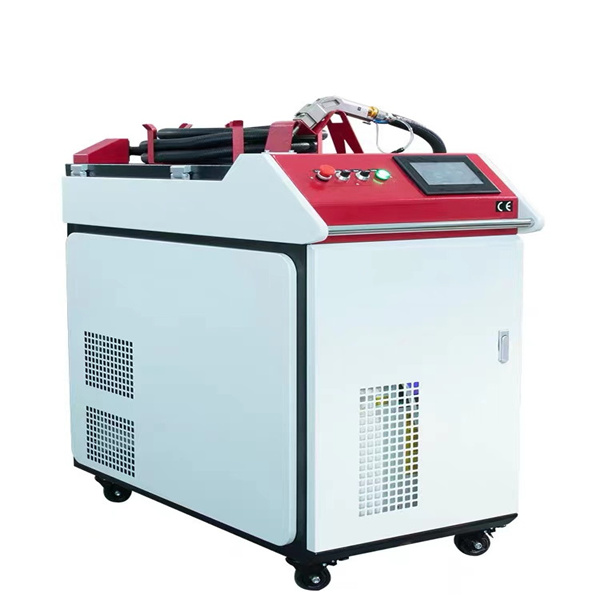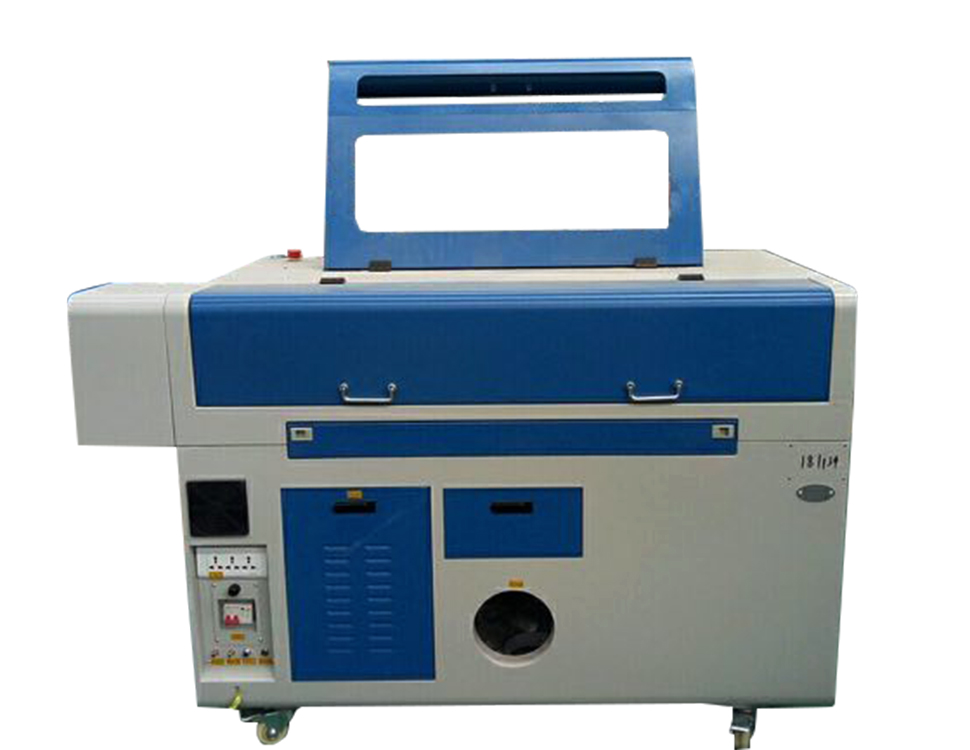In traditional long-pulse laser (microsecond, nanosecond, etc.) material processing applications, the interaction between laser and material is mainly to convert laser energy into heat to melt and vaporize the material locally, thereby achieving material removal. However, in this process, due to the accumulation of heat, a large and strong heat-affected zone will be formed.
In precision processing applications, this heat-affected zone will cause adverse effects such as overheating and deformation, edge melting, oxidation and blackening, residue, and burrs in the material processing area, resulting in unacceptable functional damage or appearance damage, which will not only reduce product quality and yield but also usually require the introduction of cumbersome subsequent cleaning steps to eliminate adverse effects and increase production costs.
1 Basic concept of femtosecond laser
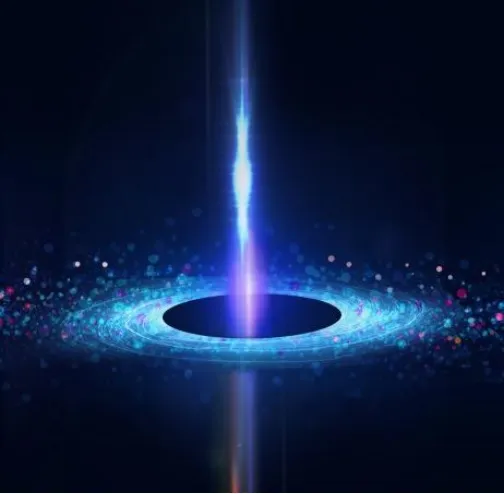
Femtosecond laser refers to a laser technology that produces extremely short pulses. A femtosecond (fs) is a unit of time, and 1 femtosecond is one quadrillionth of 1 second. The pulse duration of a femtosecond laser is usually between a few femtoseconds and a few hundred femtoseconds, which makes it one of the shortest laser pulses obtained under current experimental conditions. As a powerful tool for extreme manufacturing of ultrafast lasers, femtosecond lasers are also the shortest laser pulses that can be stably obtained and used in current industrial applications.
2 Advantages of Femtosecond Lasers
Compared with common nanosecond and picosecond lasers, the characteristics of femtosecond lasers are mainly the following three points: femtosecond laser pulses have ultra-short pulse duration (pulse width), usually in the order of 10-15S; even light can only propagate a distance of 0.3μm within 1fs; femtosecond laser pulses have ultra-high peak power, which can easily achieve 1012W, which is far more than the total power of the global power grid; after focusing, femtosecond laser pulses can form a micron-scale focal spot, and the peak energy density in the center area of the spot can reach 1020~1022W/cm2, which can excite extremely strong local electromagnetic fields. The intensity of this local electromagnetic field is several times higher than the Coulomb force of the nucleus on the surrounding electrons, which can directly destroy the chemical bonds between atoms in the material and instantly excite the electrons inside the material to ionize, causing the positively charged particles in the material to erupt outward in the form of plasma due to the strong Coulomb repulsion, thereby achieving material removal. As shown in the figure below:
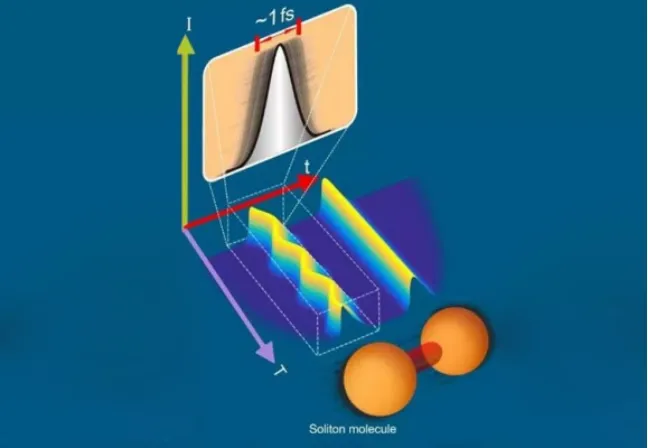
The pulse repetition frequency of a femtosecond laser can be as high as megahertz (MHz) or even gigahertz (GHz). This high repetition frequency means that millions or even billions of laser pulses can be generated per second, greatly increasing the processing rate. This is particularly important for industrial applications because it can significantly reduce processing time and improve productivity while maintaining the high precision and quality of femtosecond laser processing.
3 Application of femtosecond laser
The many excellent properties of femtosecond laser ultra-fine processing technology make it an irreplaceable processing tool in the field of extreme manufacturing, and it is widely used in biomedicine, semiconductor microelectronics, aerospace, and other fields, providing important support and solutions for the development of modern science and technology.
1) Through precise processing of femtosecond lasers, the connection between microchannels and the outside can be achieved to ensure the smooth flow of fluids.
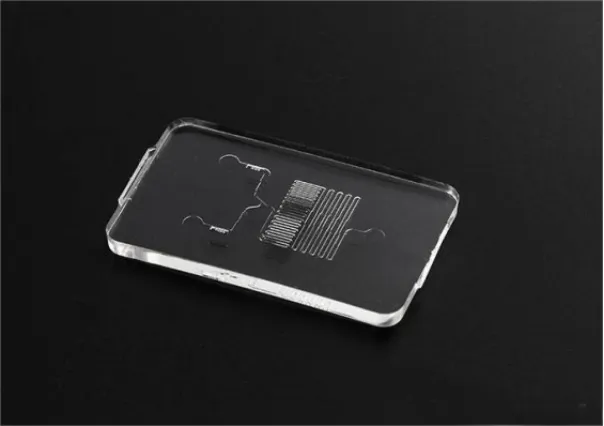
2) Through precise processing of femtosecond laser, the connection between microchannels and the outside can be achieved to ensure the smooth flow of fluids.
3) Femtosecond laser drilling on cell filtration membranes is a key process technology used to create pore arrays with specific pore sizes and distributions to achieve cell separation, screening, and filtration.
4) In catheter manufacturing, Pi pipe drilling and cutting are of great significance. By punching holes, a hole array with a specific diameter and spatial distribution can be formed on the catheter for the transmission of liquid or gas.
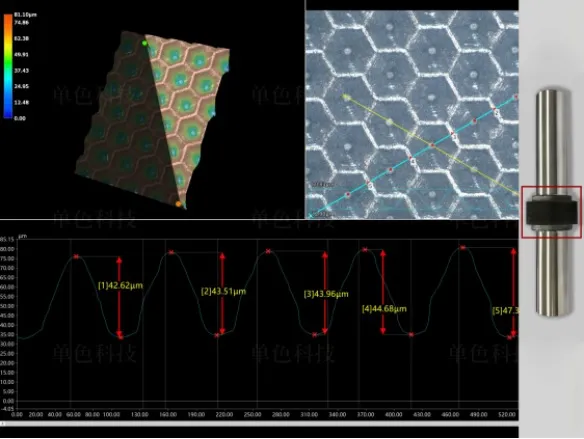
5) In the field of functional surface microstructure manufacturing, femtosecond lasers are used to process nano- to micro-periodic surface microstructures on the surface of materials, giving the materials some special functions, and the function switching can be achieved by adjusting the morphology of the surface microstructure, such as superhydrophilic self-wetting, superhydrophobic self-cleaning, wave absorption and anti-reflection, antibacterial and antiviral, and surface color.
 High Power Fiber Laser Cutting Machine
High Power Fiber Laser Cutting Machine
 Enclosed Fiber Laser Cutting Machine
Enclosed Fiber Laser Cutting Machine
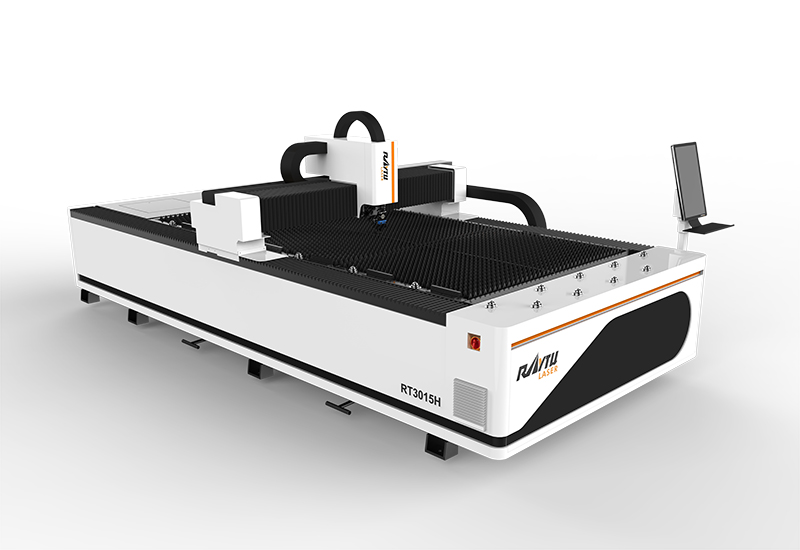 Sheet Metal Laser Cutting Machine
Sheet Metal Laser Cutting Machine
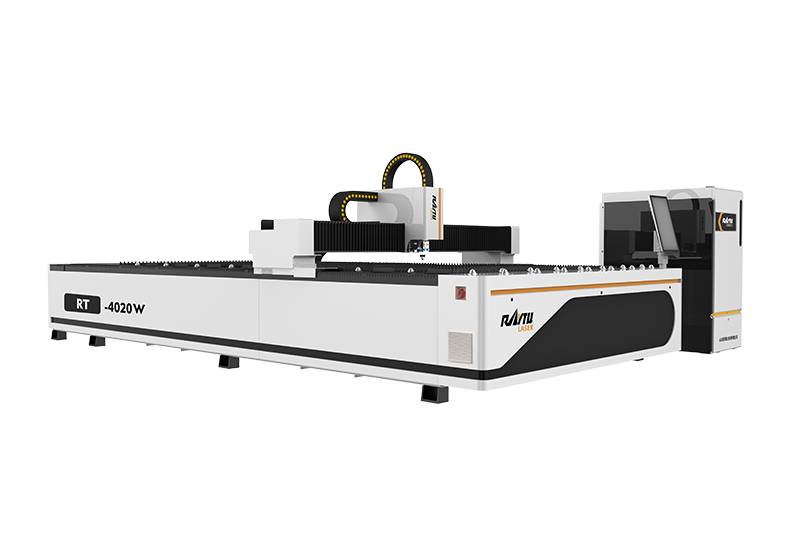 Medium Power Metal Laser Cutting Machine
Medium Power Metal Laser Cutting Machine
 Automatic Tube Laser Cutting Machine
Automatic Tube Laser Cutting Machine
 Coil Fiber Laser Cutting Machine
Coil Fiber Laser Cutting Machine
 RTC-12036M 3 Chucks Tubeeber Laser Cutting Machine
RTC-12036M 3 Chucks Tubeeber Laser Cutting Machine
 Single Table Enclosed Fiber Laser Cutting Machine
Single Table Enclosed Fiber Laser Cutting Machine






 EN
EN ES
ES RU
RU AR
AR